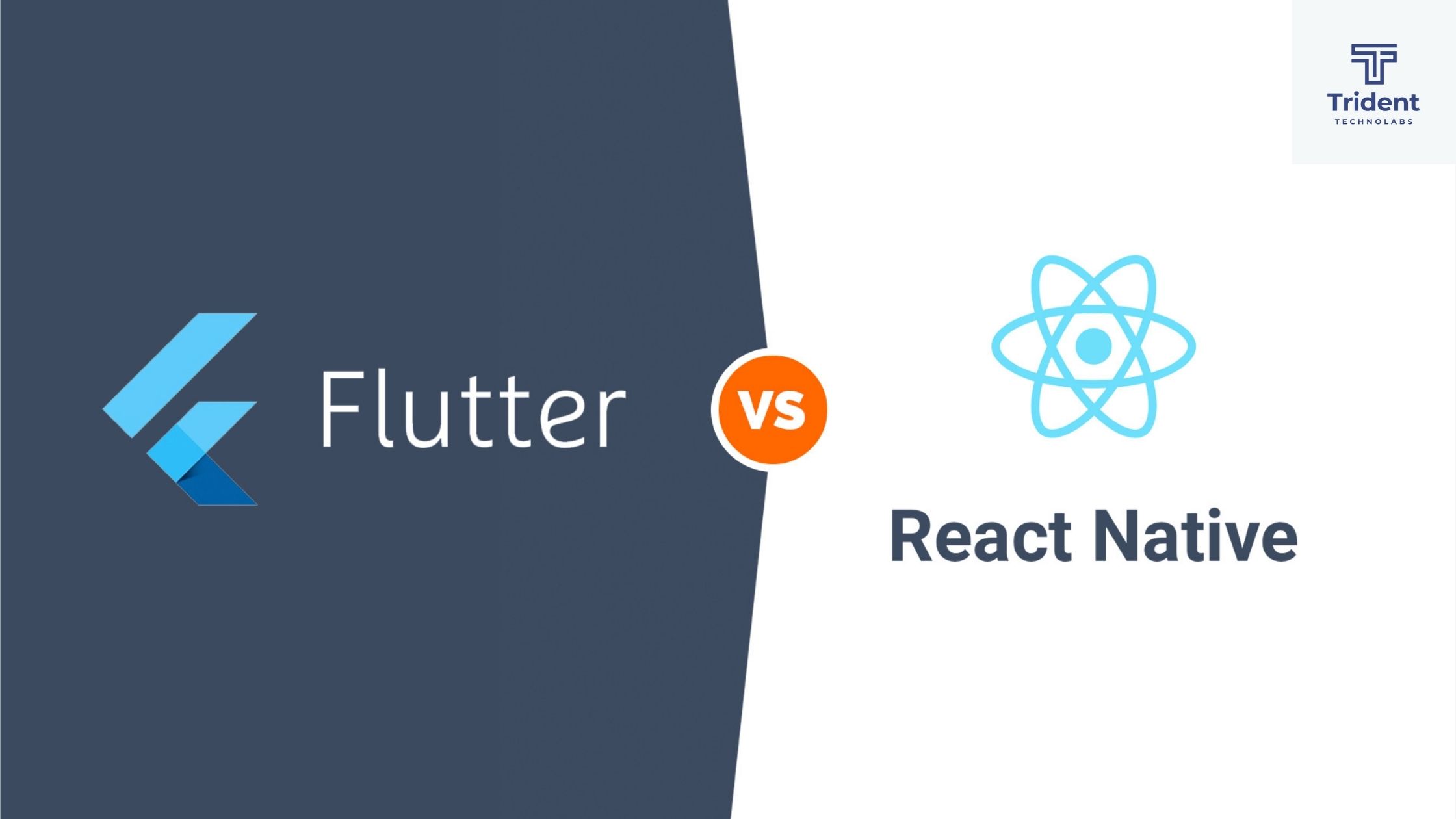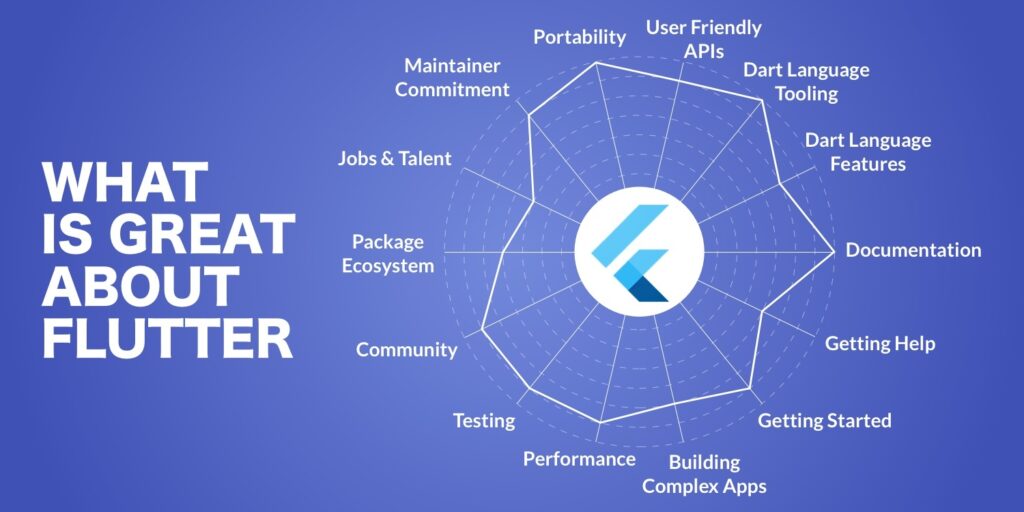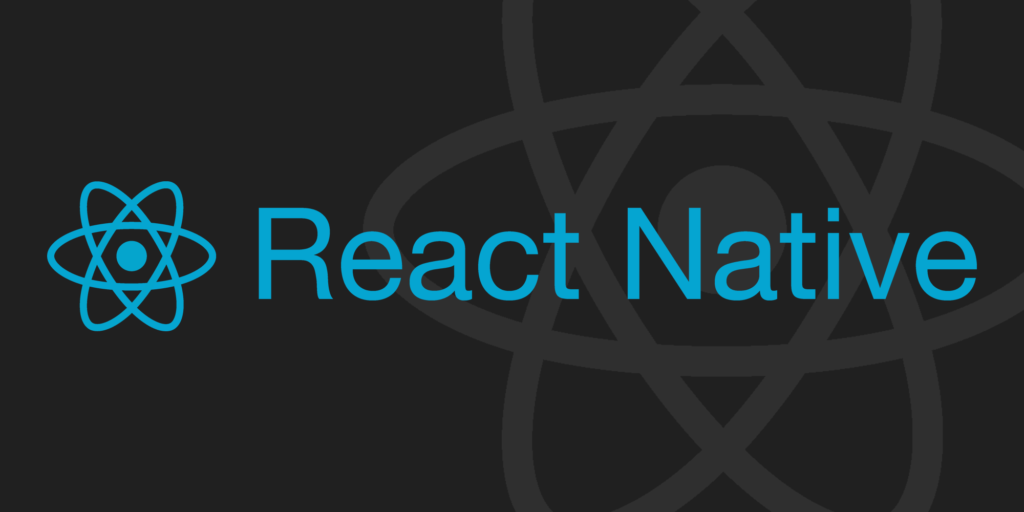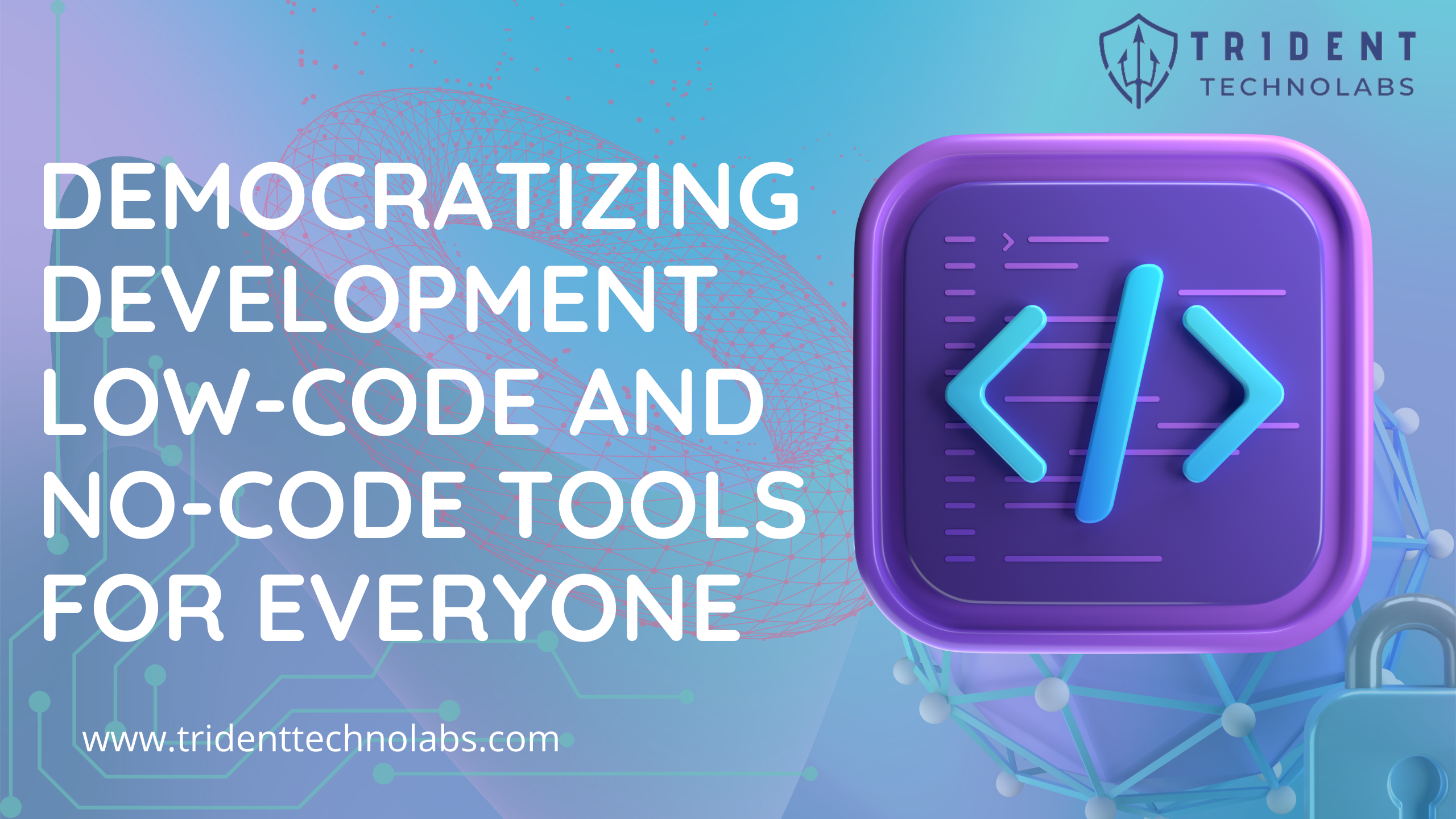
Flutter vs React Native: Key Differences To Know
This post compares Flutter vs React Native in the right way so you can decide which cross-platform framework is better for your project.
The software industry has always placed a strong emphasis on developing mobile applications, but the requirement to create various apps for various platforms has long been a problem. There is always a gap between the developed applications because they are created by completely different teams, in addition to the need to maintain two teams, one for Android and one for iOS. The notion of developing cross-platform mobile applications was born out of that.
Although there are many different kinds and approaches, building compiled apps that perform as closely as possible to true native programmes is currently the most common. The two most potent competitors in that space at the moment are Facebook’s React Native and Google’s Flutter. Let’s examine the advantages and disadvantages of both Flutter vs React Native and then compare them fairly.
What is Flutter

Using the Dart programming language, Flutter is a responsive cross-platform mobile development framework. Google, which uses the framework for some of its most important applications and is continually working to make it the best option for building cross-platform apps, launched Dart and Flutter. It is far more recent than React Native, having only released its first alpha version in May 2017.
The Pros And Cons Of Using Flutter App Development
Reactive Programming with Flutter
What exactly does it mean that flutter is a reactive framework? Let’s discuss reactive programming a little bit and why it’s particularly effective and practical for app development. Consider the scenario where you wish to send a request to a server and then act in reaction to the response. If you act before receiving a response, that is, before you have an object, you run the risk of making the infamous $1 billion error: a null reference. If you are familiar with Android and Java, you are aware that one of Kotlin’s primary goals was to do away with the null reference.
If your data is coming asynchronously and there are numerous components of your software that must reply to the incoming data, for example, a stream of user clicks rather than a single request, then things can get out of hand.
The reactive programming paradigm, which lies at the core of the Dart language, was born out of this difficulty.
Development
A widget serves as the foundation of a Flutter application. The equivalent of components in React Native are widgets. The majority of the ready-to-use widgets included with Flutter employ material design principles. Like class and functional components in React, there are two sorts of widgets: stateless widgets and stateful widgets.
Because Flutter’s widgets aren’t flexible, you have to manually change them for each platform.
Simply download the flutter package, unzip it, and then set an environment variable referring to a folder inside of that unzipped folder are all that are required to get started with Flutter. And you would be essentially prepared to begin; but, if you don’t want to utilise your phone, you might need to download Android Studio and set up an emulator.
Flutter supports the Hot Reload functionality, which speeds up development by allowing you to repeat your application with the changes you make while working. Currently, Android Studio, IntelliJ Idea, and Visual Studio Code all offer official support for Flutter.
Top 22 Flutter Development Tools To Enhance Your App Development Process
Ecosystem
Given that React Native was already well established and had a large number of packages before Flutter was published, Flutter is undoubtedly behind React Native in terms of the ecosystem. However, Flutter is quickly catching up. Many of the fundamental packages for mobile development are now open for use, and the Flutter Ecosystem is gaining insane momentum thanks to the community’s dedication. On the official dartlang.org website, there are currently more than 1450 packages available for Flutter.
Performance
Flutter takes a very different approach to performance than React Native or NativeScript. The arm C/C++ library is used in the compilation of the Flutter application to bring it closer to machine code and improve native performance. The entire thing is compiled, not just the UI elements.
Dart is a rather performant language on its own, but many people think that Flutter outperforms it in terms of performance. However, it’s difficult to make a firm determination because so many variables are at play.
Documentation
The documentation for Flutter is fantastic. The documentation is quite extensive and quite helpful. If you’ve never written code before, it might be a little challenging to read, but after you get used to it, you’ll discover that the documentation contains pretty much all you need.
15 Modern Web Design Elements For 2023
Architecture
Everyone is unsure about the ideal architecture to implement for your application because Flutter is still so new. However, a few architectural styles are well-liked by the Flutter community.
The Business Logic Component architecture, often known as BLoC, can be used. According to the architecture, which Google presented at DartConf2018, the business logic should be moved from the display layer to the business logic components. The BLoC pattern strongly relies on streams and RxDart (Reactive Dart), and RxMarbles is a useful tool for comprehending streams.

There are different architectures available in the flutter world; for example, if Redux/Flux are your preferred patterns, you may use those instead thanks to packages in flutter. The framework can be tested out with small apps by storing state inside of the components.
Pros
- Hot Reload, i.e., allows fast coding
- One codebase: Development for two mobile platforms
- Up to 50% less testing
- Faster app development.
- User-friendly designs
- Perfect for MVPs
- Less Cod
Cons
- Size of the developer community
- Libraries & support is impressive but not as productive as native development
- Continuous Integration support
- Platform risk
- App’s size
What Exactly Is iOS App Development?
What is React Native

Perhaps the most well-known name in cross-platform mobile programming is React Native. React Native is a javascript framework based on the Facebook-developed React library that enables you to publish apps for both iOS and Android using a single code base. Facebook, Instagram, Airbnb, and numerous other platforms use it the most. React Native was first developed at Facebook as part of an internal hackathon in 2013, and it was made available to the general public in 2015.
Development
React Native makes use of components, but instead of using standard web components like Div and H1, it makes use of a set of components made available by the react-native package. Since there isn’t a real DOM, React Native likewise uses a virtual one, but it does so to connect with native UI elements rather than to change it.
React-Native has fewer widgets than Flutter, but they are more diverse. Some of these components are also adaptable, so they can detect whether an application is running on iOS or Android and create compositions that are appropriate for that platform.
It’s also really simple to get started with React Native; simply instal the create-react-native-app package using the command npm instal create-react-native-package, then use it to launch your first React Native application. The ability of Create React Native to integrate with Expo is a wonderful feature of React Native development. By simply scanning a QR code that shows on the console, Expo enables you to run your code on a mobile device without needing to connect it to a computer.
Laravel Development: What Is It? The Complete 2023 Guide
Ecosystem
Since React Native has been around for a while, most editors, if not all, support it. It also supports hot reloading. Because it has been around for more than three years, React Native has nearly five times as many packages as a flutter, making it the clear victor in this category. It is now a fully developed framework and is significantly more reliable than flutter.
Documentation
The documentation for React Native is more user-friendly and generally decent because it defines what the props are, what they mean, and how to use them. Guides and popular subjects for cross-platform development with React Native are also covered in the official documentation, such as how to instal and use native modules or make platform-specific components.
Performance
The strategy used by React Native differs from that of Flutter. The entire application isn’t compiled to C/C++ or a native language; rather, the UI components are, and the JS runs in a separate thread and uses a bridge to interface with native modules whenever necessary. React Native is able to be significantly faster and more efficient than hybrid solutions like Ionic/Cordova because to this, but it finds itself in a difficult position when contrasted to Flutter, which is one step closer to native applications.
Of course, it’s difficult to declare a clear winner in the performance race because there are so many variables at play, including the device on which the programme is running. For some users, React Native outperformed Flutter, but in most situations, Flutter ought to prevail.
In order to evaluate the performance of React Native, the development team benchmarked the Facebook Events app. Initializing Javascript and requiring the modules is the task that requires the greatest energy out of all those completed, as you’ll see. React Native can be optimised in numerous ways to improve performance, including lazy requiring, lazy loading of native modules, and incremental cache reading, so it’s not as horrible as you may imagine.
Organic SEO Services, Small Business SEO Services
Architecture
Flux and Redux are the two primary design paradigms for React/React to native applications. The framework’s developers, Facebook, designed Flux, whereas Redux is the choice that the community finds to be most appealing. These frameworks focus on unidirectional data flow and make your app components as stateless as feasible by storing all of your application’s state in a single location called the Store. For handling state, you can also leverage React’s new Context API functionality.

Pros
- Hot Reload, i.e., provides fast coding
- One codebase: Development for two mobile platforms and more
- Uses a wildly popular language – JavaScript
- Developer freedom of choice as facilitates code reuse and cost-saving
- Relative maturity
- An active and vast community
- Easy to learn for React developers
- Up to 50% less testing
- Robust Performance
Cons
- It isn’t Native
- Fewer components out of box
- Developer freedom of choice
- Lots of abandoned packages and libraries
- Fragile UI
- Apps are bigger than native ones.
Flutter vs React Native: Head to Head Comparison
Though the below-given table, you can get the difference between flutter vs react native.
| Technology | React Native | Flutter |
| Programming Language | Javascript | Dart |
| Components Library | Very large inclusive library | Smaller, non-inclusive |
| Adaptive Components | Some are adaptive automatically | Components aren’t adaptive. Need to be configured manually. |
| Learning Curve | Easy to pick up, especially if you used to React or Javascript before | Quite steep, you need to pick up Dart, and reactive programming isn’t all intuitive |
| Created By | ||
| Main Architecture | Flux and Redux | BLoC |
| EcoSystem | Quite Mature, used in production in many big companies around the world, many packages available | Not yet mature, a fewer number of packages |
| Hot Reload | Supported | Supported |
| Github Stars | 68,690 | 37,200 |
| First Release | Jan 2015 | May 2017 |
Conclusion
Although both React Native and Flutter have advantages and disadvantages, the goal is to bridge the gap between the two platforms (Android and iOS). We hope the Flutter vs. React Native comparison makes the right comparisons and aids you in selecting the top cross-platform framework for your project. Flutter is expected to dominate mobile app development in the future, according to several industry experts. We advise against making future predictions in favour of waiting and watching instead.
Which one of these two frameworks do you employ or favour? Post your thoughts in the comments section below.





Leave a comment: